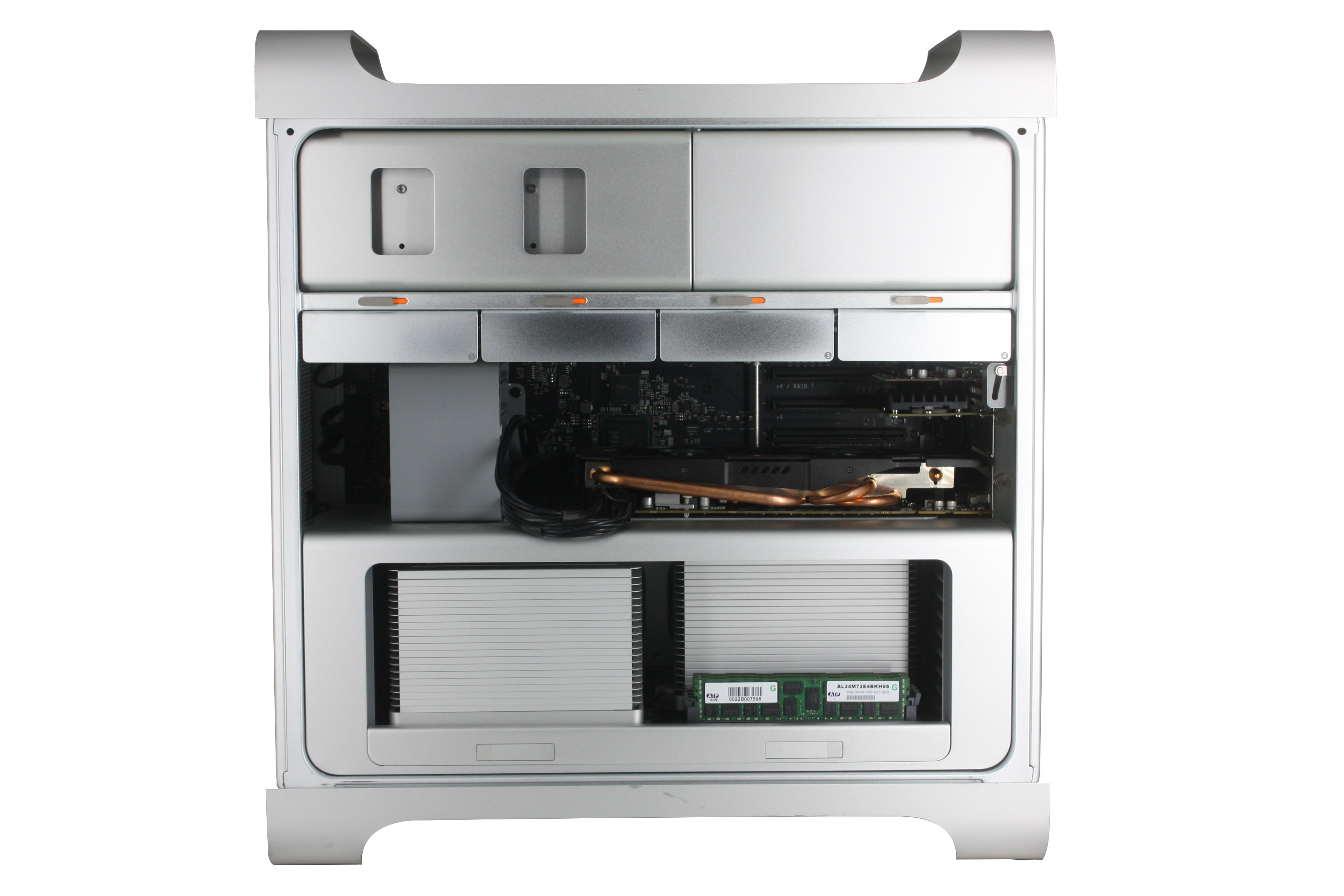
- 2012 mac pro 5.1 motherboard upgrade#
- 2012 mac pro 5.1 motherboard pro#
- 2012 mac pro 5.1 motherboard windows#
Double-wide, 16-lane PCI Express 2.0 graphics slot with one of the following graphics cards installed:.Multichannel audio through Mini DisplayPort.Analog stereo line-level input and output minijacks.Optical digital audio input and output TOSLINK ports.Front-panel headphone minijack and internal speaker.Five USB 2.0 ports (two on front panel, three on back panel).Four FireWire 800 ports (two on front panel, two on back panel).
2012 mac pro 5.1 motherboard pro#

Not seen that on ESXi yet, so cannot comment on it. it was only when I ran a "df -h" command from the command line that the console hung. The only issue is the vSphere host configuration that you have to do again.Īn anecdote is that I once had an ESX boot device die on me (that was a RAID disk, not a usb stick) and I could still use the VMs, shut them down etc. Now on a few freeNAS boxes that I have and boot from mirrored USB I have had to replace the usb sticks several times already.Īlso note that even if the USB stick dies on your vSphere host, you can basically just re-install in 15 minutes, leaving your VMs alone. I think the reason for that is that it really just is read on boot, it doesn't write logs or anything.īeen running from usb sticks for 5 years now. If you want your VMs to have a faster disk access then you can either use fast (SSD) host cache or put your VMs on faster storage. FWIW I boot all of my vSphere hosts from internal USB sticks. It is only read from during boot, so putting a faster disk for booting only helps during the boot process. It doesn't really matter what you use for booting vSphere.
2012 mac pro 5.1 motherboard windows#
That includes a 10 year old desktop running Windows 8, a linux box running a 4.x kernel as well as on vSphere 6.5 on a Dell R320Īnd some NVMe PCIe SSDs, but those can be anything you like.įor production usage I suggest a better controller, but this worked for me. It's just another PCIe device and as long as that is recognized it works.įWIW I got myself some cheap (EUR 20,-) PCIe controllers for my lab and they worked in pretty much anything I tested. For booting your mac Pro from the NVMe then yes it might be, but not for simply using it.
2012 mac pro 5.1 motherboard upgrade#
We are specifically looking at these three cards:Ī: Apricorn Velocity Duo SSD Upgrade Kit and Disc Array for PC and Mac (VEL-DUO): Computers.Ī: OWC Accelsior S: PCIe to 2.5" 6Gb/s SATA SSD Host Adapter: Computers & AccessoriesĪll three are apparently recognized by the Mac Pro hardware out of the box, but what I cannot determine is if they would be recognizable by vmWare and bootable as well.Īdditionally, if any of these cards can be used, would there be a huge performance drop if the ESXi OS was installed on an SSD connected to the motherboard SATA on Mac Pro and data (vmdks) were stored on the PCIe SSDs? Would the VMDKs perform better or worse if the boot drive was attached to the SATA II in the Mac Pro?ĭoesn't NVMe require support hardcoded in BIOS/EFI I have looked all over the web for an answer to this, but have not turned up any solid information that this would work.


We are attempting to upgrade a few of our Mac Pro 2012 servers with newer hardware.Ĭurrently our Mac Pro 2012 servers run ESXi 5.5 and we were interested in knowing if we could add a PCI express card that would support one or two SSDs in the Mac Pro and vmWare would recognize and be able to boot from the PCIe card SSD drive(s).


 0 kommentar(er)
0 kommentar(er)
